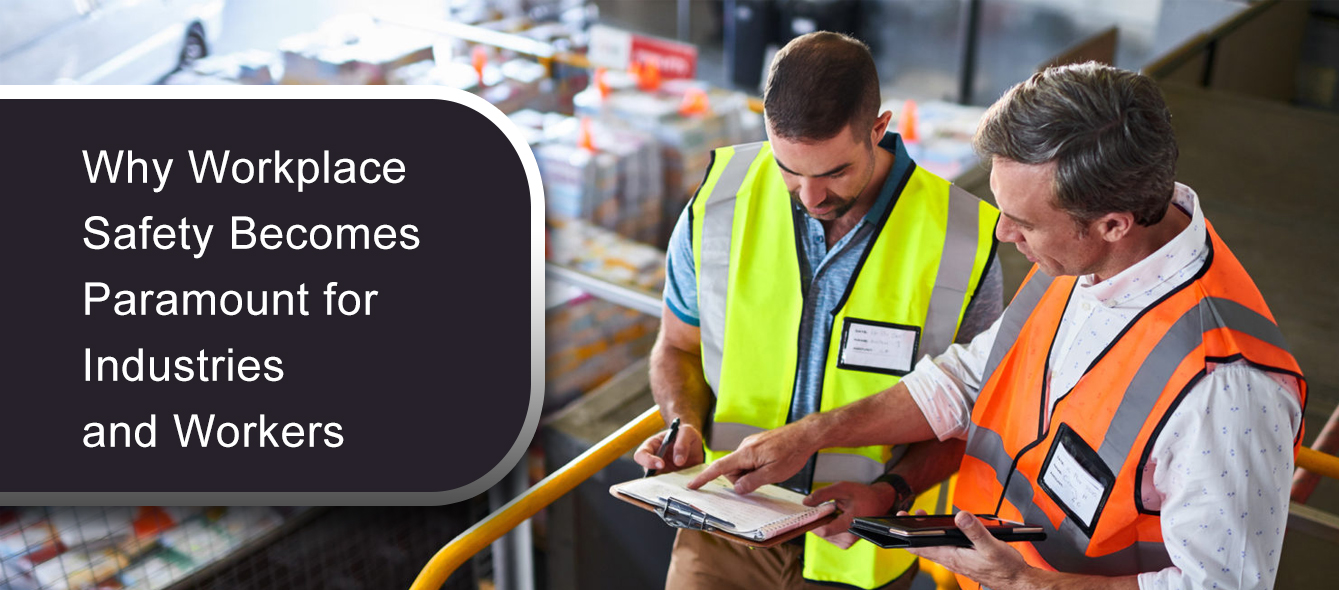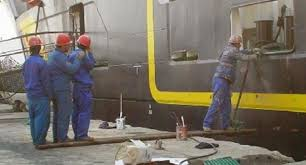
Why workplace safety becomes paramount for industries and workers
Remaining safe and healthy in workplaces is largely depends on awareness and understanding on safety and regulations and also quality of safety infrastructure provided by the employers. Every year millions of industry workers and those who are engaged in un-organized work environments become the victims of workplace risks and hazards which can be largely attributed to lack of safe work practices, non-compliance to regulations and inadequate or no regular safety training for workers by competent authorities.

The fact that one life is lost in every fifteen minutes proves that workplaces, in most of the cases, are highly unsafe and employers have scant regard for workers’ safety and health or to follow safety regulations.
What is safety?
Safety at workplaces can be defined as one’s ability to remain safe and secured by following prescribed safety standards and practices while performing duties and not to cause hindrance, nuisance, stress and emotional disturbances to others. With development in technology and new inventions, workers can experience a new level of safety standard, but unfortunately, every year workplace-related accidents and causalities are on the rise highlighting the need that industries should come under stringent regulations for the safety and security lapses and protect employees from various forms of occupational risks and hazards.
Safety regulations
Federal regulations and state legislations are formed to make employers accountable for not following safety standard and are liable to be prosecuted in case of accidents, injuries or loss of lives. Government regulated safety organizations such as OSHA has formulated series of regulations and safety standards covering every industry or work environment to ensure that workers remain safe and healthy while performing their responsibilities even under unsecured and inhospitable conditions.
Let us imagine two scenarios of employment. As an employee or as an employer what would be your responsibilities and commitments towards maintaining workplace safety?
If you are employed as a worker, you must know the danger and hazards present around you and you should show pro-activeness to understand the importance to remain safe, availability of safety control measures and report to officials of any lacuna in safety measures and readiness to use safety or protective equipment and tools to prevent self and others from workplace accidents.
Since, as a worker, you have every right to remain safe and healthy, you must get protective environment from your supervisor or workplace manager while performing your duties which involve handling hazardous materials, inflammable items, chemicals, high power equipments or other inhospitable and highly risky conditions.

In case you have to work under high risk environment with scant protection, you should either report the matter to the management and make them compliance with safety procedures or report the matter to the concerned authorities for necessary action.
In the second case, as an employer, you have more responsibilities than a normal worker. You should analyze and study your factory or plant for the existence of workplace dangers, hazards and risks by engaging competent health and safety authorities and prepare a regular HSE audit to ensure that workers remain safe and are informed about the impending dangers and work hazards. You should also ensure that every employee is properly protected and insured against workplace accident.

It is better to follow all government imposed safety guidelines to prevent prosecution or loss of revenue and reputation in case of workplace accidents such as fire or explosion. Apart from meeting legal wrangles, you will be in financial crisis by way of heavy insurance payouts and loss of costly machinery and property. So, let’s say work safely and remain healthy!